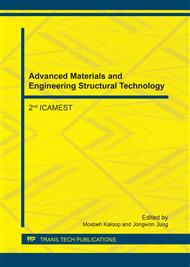p.162
p.167
p.173
p.179
p.184
p.192
p.202
p.206
p.212
Research on Multi-Physical Domain Information Fusion Method of Intelligent Processing Machine Based on GMM-HMM
Abstract:
As a typical unit of intelligent manufacturing system, intelligent processing machine is also a microcosm of Intelligent Manufacturing System (IMS), and the realization of intelligent manufacturing system will be firstly embodied in the intelligent processing machine as the core of intelligence. Therefore, it is inevitable to do a comprehensive and systematic study of intelligent processing machines and will get more and more attentions. In the study of intelligent machines, perceptual technology is an important part. Without effective perceptual technology, intelligent machines cannot interact with the environment, and thus the intelligence level cannot be improved. At present, the quite popular approach is to study the connection between perception and behavior from various simple behaviors and realize the higher intelligence through the combination of these behaviors on the basis of simple behaviors. The basis of autonomy perception of intelligent machines is to make it have the capability of multi-physical domain information fusion of manufacturing process and environment. An improved data processing and information fusion method based on GMM-HMM is proposed, which provides a self-perception of intelligent processing machines and a multi-physical domain information fusion method [1]. The simulation results show that the method proposed in this paper can realize the self - identification of intelligent processing machines in the intelligent manufacturing environment, such as the state of manufacturing, health and fault.
Info:
Periodical:
Pages:
184-191
Citation:
Online since:
April 2017
Authors:
Price:
Сopyright:
© 2017 Trans Tech Publications Ltd. All Rights Reserved
Share:
Citation:


